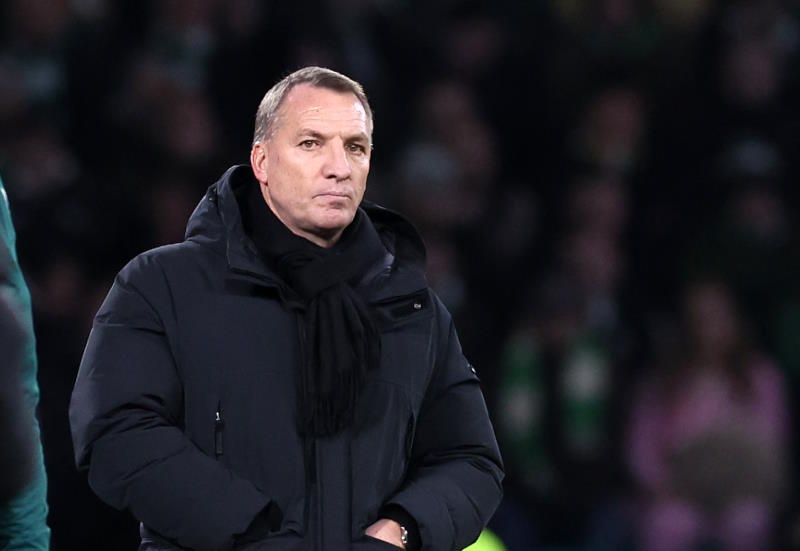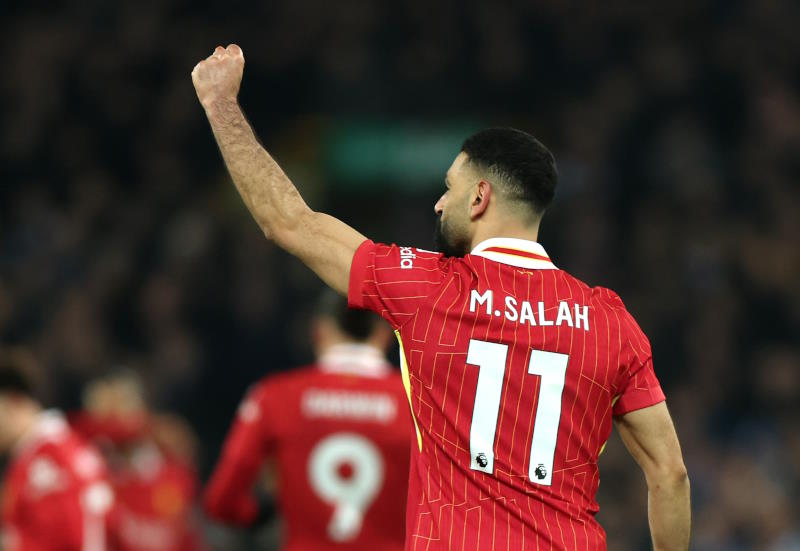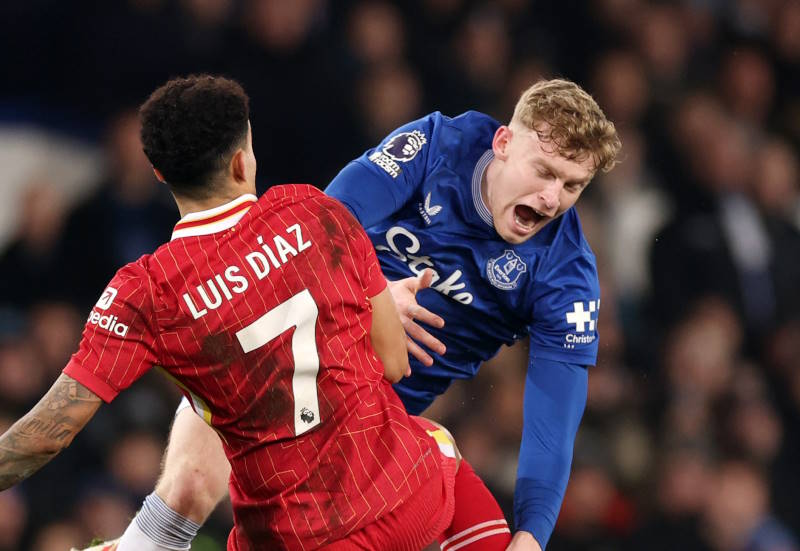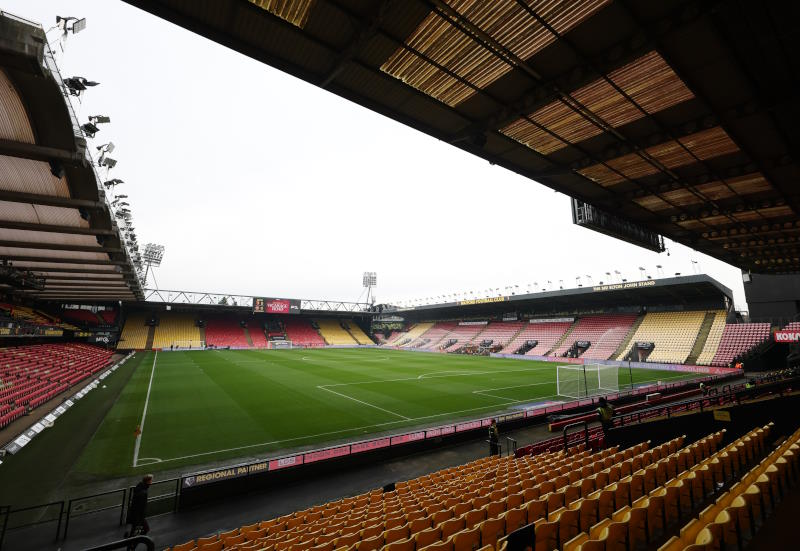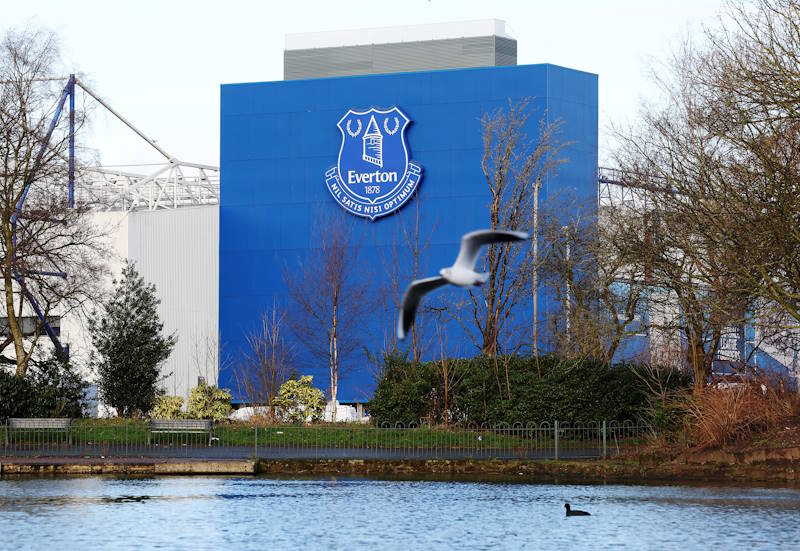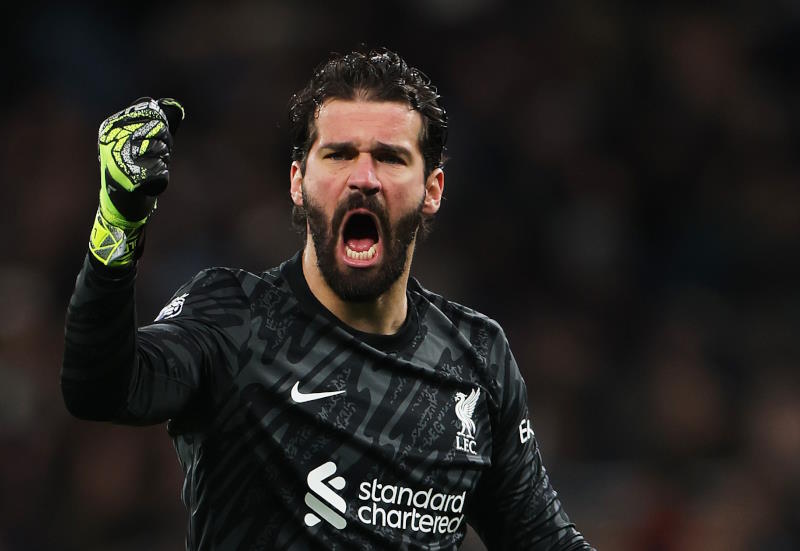
Volkan Agir
The Turkish football league became the one of the most valuable leagues in European football after a series of great successes from 2000 onwards. A UEFA Cup win for Galatasaray, and 3rd place at the 2002 World Cup allowed Turkish football to make its greatest ever history.
Even in those years the stadiums in Turkey were not plesant places to watch the games, and this is largely still so today. The conditions are bad and the capacities are not bigger than 30,000, except at Sükrü Saracoglu (Fenerbahce’s ground). When the biggest clubs don’t have such large grounds, it is not so hard to guess that the situation of Anatolian teams is even worse. Before criticising the lack of quality stadia, we should first look at the improvement Turkish football has made with regards to its professional leagues.
Someone with an interest in Turkish football will already know that the professional leagues officially began in 1959. But before this date football was already played by local teams, some of which had begun playing in the 19th century in Izmir, which was founded by the English, who introduced the game.
In İstanbul, teams that were founded were looking for a place to play football. The pitch that they chose was called "Papazın Çayırı" (Field of Father) (pictured right). The very first game on that pitch was in 1909, between Fenerbahce and Galatasaray.
After another ground called Taksim stadium was built Papazın Çayır lost its popularity and many teams began to play there. This ground was also used by the national team, who played its first game there in 1923 against Romania. Until that stadium was demolished there were many historical games played between the big teams of İstanbul, but today it is a park at the centre of the city.
When the teams of Istanbul were approaching their 40th anniversories they began to build their own stadia, with some help from the government.The İnönü Stadium where Beşiktaş play today became the most popular place to play and watch football during those early years. At the same time in the 1940s the Ministry of Sports gave a space to Galatasaray to build up a new stadium in İstanbul, but because of financial problems Galatasaray’s administration gave back their rights to Ministry of Sports in order to finish it. That’s why the construction of the Ali Sami Yen stadium finished in 1964. By the time Papazın Çayırı had collapsed in 1982, the stadium had been much improved and built up.
Until now I have just written about the stadium histories of the big three teams of İstanbul.Of course there were local teams in other cities but there are no documents about them. That is a reason that there is nothing historical about them.
After attending the 1954 World Cup, the government decided to organize a professional football league. In 1959 the Turkish first league officially started. But the competition still wasn’t really national enough, so in 1965 the government pushed the local teams to merge and compose one, new, big football club which would represent the whole city, and called with the name of the city like Bursaspor, Trabzonspor etc. With the foundation process of big city teams, big stadiums became a necessity. And after the 1960s, stadiums began to be built in Bursa, Antalya, Eskişehir, Konya and in the other cities.
The conditions were acceptable for those days when you think about the population, financial situation, and popularity of football. However, the lack of improvements and renewal over time made them unacceptable for today. Most of the stadiums have discoloured seats, dressing rooms from the dark ages, and I do not want to go into the conditions of the toilets too much!
The different supporter culture in Turkey means that you will often not sit in the seat which you have a ticket for, but somewhere else. Most of the times your place could be snatched by one of the supporters groups. But we get used to it which is not right to me.
These are the problems inside the stadium. But all the issues start from the outside. If you want to watch the games in the stadium you should wait in front of the gate more than one hour before the match. And if it is a game between big teams of Istanbul one hour won’t be enough to wait. That is one of the biggest problems. Going to the stadium by car seems a good idea beforehand, but after the game you will sit in a traffic jam for at least an hour.
However increased problems,and modern football pushed the boards of the clubs to create projects to renew their stadiums. The biggest reason to do it is to make money. Secondly, when people started watch games from other leagues and saw the comfort offered to fans from other countries, they began to demand better.
Ideas of stadium renewal began with the giants of Galatasaray in 1998, however, they did not come to fruition. After these unsuccessful plans which cost the club $10M, Galatasaray’s board decided to seek the building of a stadium in another part of Istanbul. The fans are mostly against this move, since the current ground holds a lot of memories and history for them. But modern football dictates Galatasaray must have a modern ground, and now the new stadium is well underway (main article picture). It will be the first in Turkey with a retractable roof and the fifth in Europe.
Although Galatasaray started to plan their new ground, rivals Fenerbahce did so two years ago. Current president Aziz Yıldırım who is by profession a contractor, has done it with the help of a series of sponsors, which is a very logical way. Now they have the best stadium in Turkey with a capacity of 50,509 (pictured right), and the 2009 UEFA Cup final will be played there.
You can see the both Europe and Asia from where Beşiktaş play their games. With that charachteristic they have a special stadium, and it is also inside a historic part of the city because of the Dolmabahçe Palace. That is the reason that they cannot demolish and rebuild their stadium. But they are renewing it by eliminating the running track, decreasing the level of  the pitch and building the stand four meters closer to the playing surface. After those constructions have been completed the capacity will have increased to 32,086 (stadium pictured left). The Black Eagles board tried to persuade the authorities to allow them to carry out further work, but due to historic considerations they have been blocked.
the pitch and building the stand four meters closer to the playing surface. After those constructions have been completed the capacity will have increased to 32,086 (stadium pictured left). The Black Eagles board tried to persuade the authorities to allow them to carry out further work, but due to historic considerations they have been blocked.
The last side from outside Istanbul to win the Super Lig title, Trabzonspor, renewed their stadium by replacing the back stand of the goal with portable stands until the buildingm work on a new stadium can commence. Now it has 22,749 seats to watch the game.
Kayserispor who could be called the rising force of the last three years (cup winners last season) are also getting in on the act (pictured right). However, the firm responsible for the work ran into financial problems which meant they left the project half way through. Kayserispor were thus unable to complete the stadium before the start of the new season.
In my opinion working towards having the stadia and culture of support the say as for example England will take some time. Nevertheless, the authorities in Turkey are making slow but steady progress towards this.
Although during this whole process, we must remember that there are still supporters of Anatolian teams who are still suffering bad conditions in their stadiums. We can say that definitely building a new stadium is according to the economic situation at every club. But when teams promise after every season to rebuild the stadium and then do not do anything about it has annoyed many supporters, especially those of Bursaspor.
Bursaspor’s fans started a solidarity campaign to announce their annoyance about the conditions in their stadium. On their website (www.stadibizyikiyoruz.com) which means “We are going to collapse the stadium” they are saying in summary that the supporters are not subjects and they (the board) have no right to exploit their passion for their team.
And they add: If we are never able to win against rivals, never able to score five times in a match, and are never able to celebrate the championships in that stadium, we want the new stadium immediately. If you don’t renew it we are going to demolish it ourselves and build a new one!


